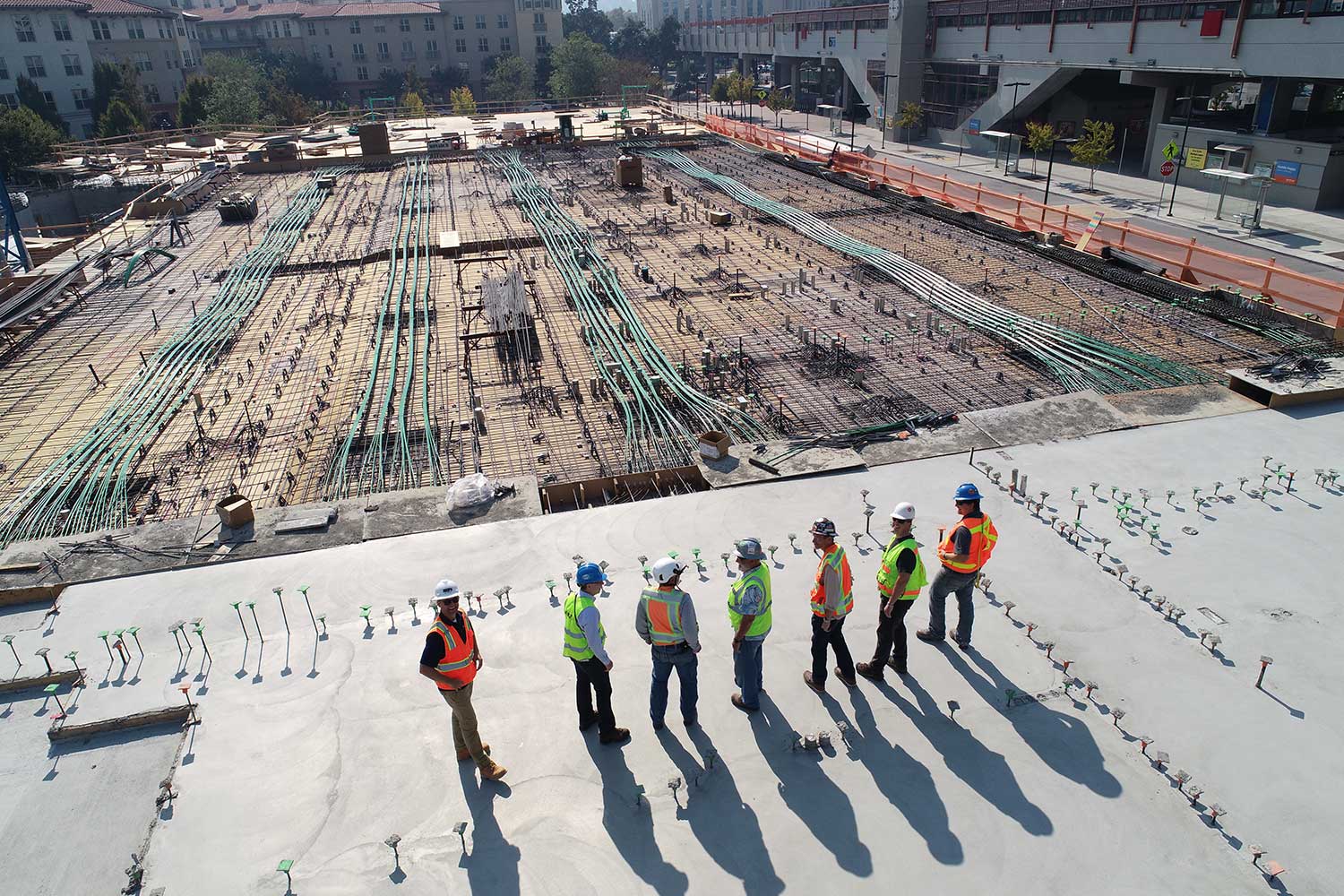
As a general contractor, before you win a construction project, you will be in contact with specialist subcontractors who will price out certain parts of the project based on their individual expertise in carrying out technical work such as painting, plumbing, and designing.
During the process of bidding on a project yourself, you will be considering bids from trades and deciding which subcontractors can best meet your proposed schedule and requirements. During this process, using the right technology is key.
An example of a technology used to create efficient plans and schedules is ALICE. This AI-powered platform allows general contractors to create detailed resource-loaded schedules that reduce risk and are realistic.
So, how do you evaluate bids from subcontractors? Read on for tips about how to attract quality bids and analyze them.
Table of Contents
Steps to attracting quality bids

Source: procrewschedule.com
Before hiring a subcontractor, they must first go through a bid analysis process. Here’s how to attract quality bids.
1. Market your tender
If you want to attract quality bids, then you have to advertise your tender. The best place to start is on popular platforms of your target audience. If a popular blog or publication targets your audience, you can advertise your tender on those forums.
2. Have feasible timelines
Serious sub-contractors will take time to visit the company they are working with. The company will require enough time to conduct their due diligence on you and evaluate whether or not they should work on the project. One important tip you need to know is that bids sent out during the high season tend to receive fewer quality offers.
3. Provide as much information about the project as possible
The scope of work needs to be clear so subcontractors can know what is expected of them. A good way to do this is to include your site plans and feasibility studies as part of your tender information. The goal is to be as specific as possible.
The bid evaluation process
A tender construction process has five main steps. The first is the bid solicitation stage which requires you to advertise your tender to interested subcontractors. The more you advertise the tender, the better because you get more bids to evaluate.
The second step is the bid submission stage, where interested subcontractors bid on the project before the stipulated deadline. After the contractor receives the bids, the evaluation process determines the most suitable contractor.
Lastly, the selected subcontractor will negotiate the terms of engagement. This is done to ensure that a legal framework dealing with payment terms and conflict resolution is met.
So what are some of the things you need to consider when performing a bid analysis?
4 tips for performing a bid analysis of subcontractors
1. Consider the technical requirements

Source: mydecorative.com
When evaluating the bids of subcontractors, you need to pay close attention to their compliance with set specifications. You need to ensure that the people working on the project have the technical capability to complete it.
Another thing you should evaluate is the work schedule. Is the work schedule in line with the overall project goals? If yes, then they are a good match. The work schedule should have a clear start and end date, clearly outlining various tasks.
2. Ensure essential documents are submitted
When evaluating a subcontractor’s bid, ensure that essential documents such as the company’s registration number and KYC of directors are submitted. You do not want to find yourself in a position where you hire a ghost company, only for you to start the process again.
Other important documents include tax registration certificates, business licenses, and technical qualifications of the directors. All documents submitted must be professionally done and include a company logo and letterhead. The papers should also have a company name, address, and date.
3. Consider the price

Source: planradar.com
When considering the price, you need to be careful about under-budgeting. Under-budgeting is mainly done when subcontractors get desperate and want to win the contract at all costs. Though a lower budget might reduce your costs and help you make more money, lower budgets can signify poor quality.
At the same time, you should not assume that higher bids mean better quality of work. Sometimes, the subcontractor could overestimate the budget. For this reason, you should always have your estimates to compare with submitted bid documents. If the price is high, then it should be justified.
The best pricing strategy is a per-unit cost strategy. This is because it is easier to break down the costs on a unit basis rather than a holistic estimation of how much a project can cost.
4. Due diligence
After identifying the winning company, you should start conducting your due diligence. This is important because hiring a company with a poor reputation might affect your brand equity. A good way to do your due diligence is to check for online reviews about the subcontractor.
You can also do your due diligence by asking subcontractors to show their creditworthiness. This ensures they have the financial muscle to work on the construction project.








